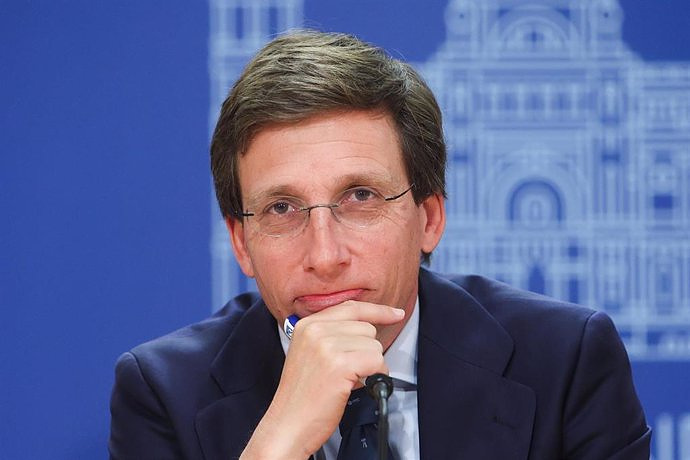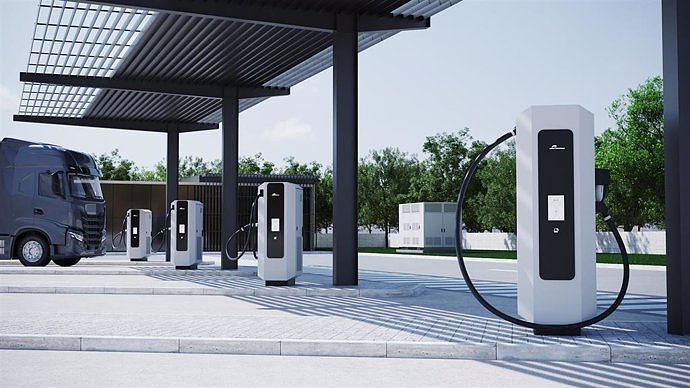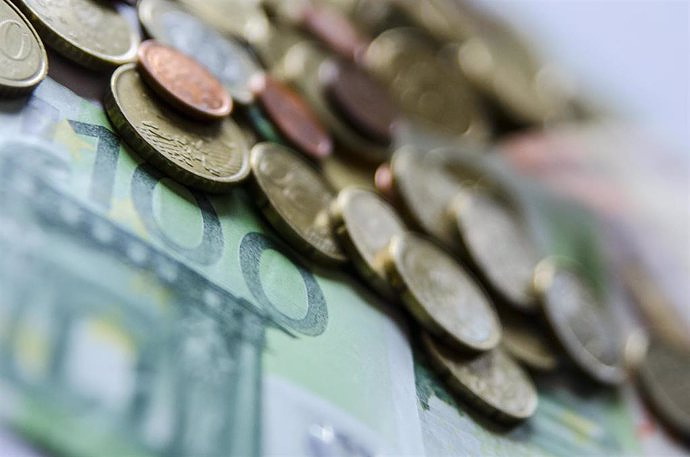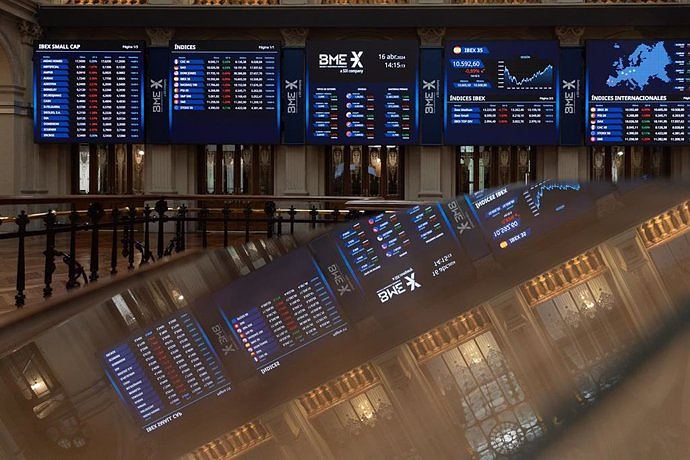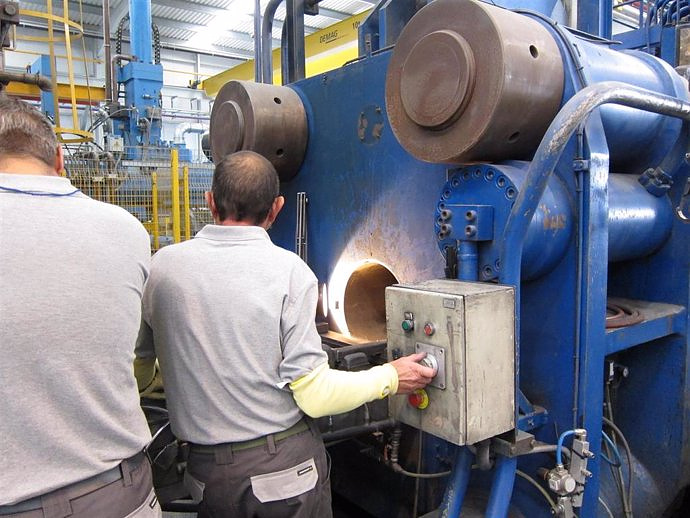The movement is launched. With a market that has exceeded 13 billion euros in 2015, the prospects of trade on mobile are more than enticing. One thing is certain: consumers seem ready.
My first is a banking network well installed. My second, a trio of telecom operators biberonnés to dividends. My third, a body of credit cards lurking in the shadows. My fourth, an e-wallet service mostly american. And my fifth, a cloud start-up hungry. My everything is a market that is expected to exceed 13 billion euros in 2015.
Real fantasy of the dealer plugged in the m-commerce (commerce on mobile) would be poised to become an economic reality. However, this additional channel of online commerce is still in its infancy. And it picks up really when all the players have found a way to share the cake. In the meantime, everyone has its solution and its vision on the future of payment by mobile. Leaves to forget the desires and needs of the consumer.
The purchase of virtual goods
there's m-commerce and m-commerce. In addition to the amounts in the game, there is a structural difference between paying a few euros to "upgrade" their version of Farmville and use his smartphone to make everyday purchases. Applied to virtual goods, the payment by mobile can be accomplished independently of any bank account. It is sufficient to indicate its telephone number on the site in question to receive an SMS confirmation of the order. To respond positively to confirm the transaction. This is then directly charged to the phone bill or the prepaid account of the buyer.
Your support is essential. Subscribe for $ 1 support UsIt is precisely in this niche that is positioning the u.s. Boku (pronounced as you want...). After you have acquired Paymo and MobilCash, this young american company specialized in the services of micro-payment via mobile just signed a partnership agreement in France with SFR and Bouygues Telecom.
Target, simplify and accelerate the payment process, mainly for the followers of online games and other fans of virtual goods on platforms of social networks such as Facebook. "These new modes of transactions are of a revenue and a growth factor important for the operators", advance Faissal Houhou, director of the international development of Boku. These find their interest in taking a percentage (very) on the transactions that they charge.
There is talk of a commission of more than one-third of the amount of each purchase. With a rate as low competitive, difficult to make payments by mobile on property non-virtual, such as clothing, due to the costs of production that are linked to it. "The average basket is now around 5 euros for a threshold of transaction maximum of € 10, accurate, Faissal Houhou. But it should soon increase to 50 euros. When one raises this limit, we see that the volume of purchases of virtual goods increases mechanically by 30 % in two months." What whet the appetite of operators which determine this threshold but have been reluctant as yet to open too wide the gates, fearing to increase the number of unpaid invoices.
In Korea, where the payment via mobile for 10 % of transactions on the Net, the threshold of payments reached $ 200 and the operator picks up just 2 %. A rate closer to that practiced by the organizations of bank cards (Visa, Mastercard, etc.) and e-wallets such as Paypal.
A new player
Perfectly suited for impulse purchases, the market of teens who do not necessarily have a bank account, and most of all easy to use, this model of mobile payment for virtual goods allows you to get conversion rates above 50 %, according to Boku. An argument that has something to salivate merchants. And a good way for operators to go cruising those who are not interested yet in m-commerce. It is on these lands that Buyster is introducing its brand.
Launched in the fall of 2011, this structure is equally owned by the three operators (Orange, SFR, Bouygues Telecom, and Atos intends to become the first alternative payment method to the credit card on the internet. And the process is (almost) as simple and direct as for the purchase of virtual goods. After doing their online shopping, the user clicks on the logo of Buyster to create free account. He enters his mobile phone number and credit card before you will give a confidential code to six digits. Buyster sends a secret code via SMS that it is necessary to re-enter on the merchant site. "No more need for the customer to enter their bank details when they purchase through your computer or smartphone," said Laurent Bailly, head of marketing at Buyster.
This new mobile channel is for the traders payment method is both fast and secure and a good growth for the sale of products online.
"A system of express checkout allows the customer to create a profile Buyster for not having to re-enter the code during your next purchase," says Laurent Bailly. Launched with a thirty online retailers (Darty, Brandalley, Rueducommerce...), the new payment platform approved, Bank of France expects to secure 30 000 e-merchants. These latter pass into a contract with the operators and should expect to pay commissions at rates that vary between 1 and 3.5 %, depending on the type of goods or volume of transactions. In Brandalley, this mobile channel weighs a small 5 % of the turnover, and represents over 7 % of the revenues of Ventesprivées.
The wallet
But the actors in "historical" of m-commerce intend to defend their interests. To begin with, banking institutions such as Credit Agricole, which recently launched Banking, a payment service backed by FIA-Net, a direct competitor of Buyster. And the giant Paypal.
With 3 billion transactions through the telephone and 230 million accounts in the world in 2011, Paypal, the leader in electronic wallet services (e-wallet), seducing more and more small merchants thanks to its simple and secure option.
These actors seek to promote the speed of the transaction through the system of "one-click check-out", which allows you to pay with a single click. "We want to reduce the tunnel of the payment so that the customer can make a purchase without leaving the page on which it is in the process of surfing", ahead of Olivier Binet, director of development at Paypal.
It is therefore important that e-retailers have sites where the navigation is adapted to the mobile screens. According to the Federation of e-commerce and distance selling (Fevad), 21 % of the purchases on the internet passes through the solutions of e-wallet.
choose Well the timing
Is that all e-merchants should not necessarily fall for the payment by mobile. "It is necessary to first find the right time to jump in, insists Olivier Binet. And then whether it is better to create an application or develop its website in a mobile version, or even separate the content." It should also be able to absorb the high costs of development - nearly 50 000 euros to launch an iPhone app for integrating a gateway with the web platform.
To Damon Crepin-Burr, creative director of digital agency Fullsix in the United States, m-commerce is not a challenge technological, but cultural. And barriers to its adoption in France are more related to the lack of figures and statistics, and serious in the field.
"payment by mobile is a opportunity for merchants to invest in services for their consumers," says Damon Crepin-Burr. Thanks to solutions such as Google Wallet, merchants can reason in terms of CRM. By analysing the customer journey, they are able to offer him to make additional purchases."
The mobile payment solutions should also help to increase traffic in physical store. You can use the smartphone to scan barcodes to add an item to a "wish list" or buy it on the site once back home if the product is not available in the color or size you want. Conversely, it becomes possible to recover a product that has been prepaid online, passing in front of a store.
Read our complete file
Use the web to sell
Digital: two years for SMES less behind the Four golden rules for a TPE which launches in the e-commerce business, These small bosses, who rely on the storytellingThe smartphone as a tool to streamline the relationships with the brands through to small services. All gently.

 Exploring Cardano: Inner Workings and Advantages of this Cryptocurrency
Exploring Cardano: Inner Workings and Advantages of this Cryptocurrency Seville.- Economy.- Innova.- STSA inaugurates its new painting and sealing hangar in San Pablo, for 18 million
Seville.- Economy.- Innova.- STSA inaugurates its new painting and sealing hangar in San Pablo, for 18 million Innova.- More than 300 volunteers join the Andalucía Compromiso Digital network in one month to facilitate access to ICT
Innova.- More than 300 volunteers join the Andalucía Compromiso Digital network in one month to facilitate access to ICT Innova.-AMP.- Ayesa acquires 51% of Sadiel, which will create new technological engineering products and expand markets
Innova.-AMP.- Ayesa acquires 51% of Sadiel, which will create new technological engineering products and expand markets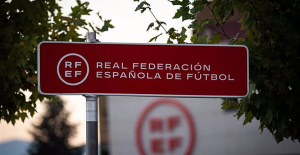 A Commission created by the CSD will supervise the RFEF
A Commission created by the CSD will supervise the RFEF The AN judge prosecutes the former ETA leader for her responsibility in the kidnapping and murder of Miguel Ángel Blanco
The AN judge prosecutes the former ETA leader for her responsibility in the kidnapping and murder of Miguel Ángel Blanco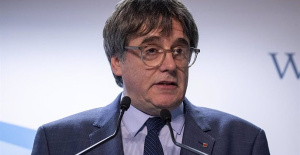 The European Parliament condemns the contacts of the Catalan independence movement with Russia and demands an investigation
The European Parliament condemns the contacts of the Catalan independence movement with Russia and demands an investigation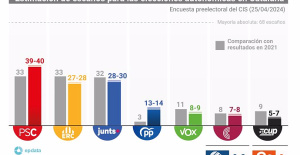 The PSC would win the Catalan elections with 39-40 seats, Junts would obtain 28-30 and ERC 27-28, according to the CIS
The PSC would win the Catalan elections with 39-40 seats, Junts would obtain 28-30 and ERC 27-28, according to the CIS How Blockchain in being used to shape the future
How Blockchain in being used to shape the future Not just BTC and ETH: Here Are Some More Interesting Coins Worth Focusing on
Not just BTC and ETH: Here Are Some More Interesting Coins Worth Focusing on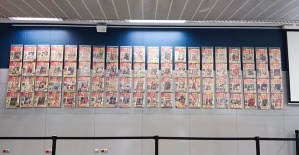 Retrópolis brings the golden age of video games and computing to the UPV
Retrópolis brings the golden age of video games and computing to the UPV Looking for video games that value the neighborhoods of Valencia
Looking for video games that value the neighborhoods of Valencia UPV researchers improve the efficiency of air conditioning systems using a geothermal heat pump
UPV researchers improve the efficiency of air conditioning systems using a geothermal heat pump València is committed to citiverse and smart tourism to be "the reference technological hub of the Mediterranean"
València is committed to citiverse and smart tourism to be "the reference technological hub of the Mediterranean" A million people demonstrate in France against Macron's pension reform
A million people demonstrate in France against Macron's pension reform Russia launches several missiles against "critical infrastructure" in the city of Zaporizhia
Russia launches several missiles against "critical infrastructure" in the city of Zaporizhia A "procession" remembers the dead of the Calabria shipwreck as bodies continue to wash up on the shore
A "procession" remembers the dead of the Calabria shipwreck as bodies continue to wash up on the shore Prison sentences handed down for three prominent Hong Kong pro-democracy activists
Prison sentences handed down for three prominent Hong Kong pro-democracy activists ETH continues to leave trading platforms, Ethereum balance on exchanges lowest in 3 years
ETH continues to leave trading platforms, Ethereum balance on exchanges lowest in 3 years Investors invest $450 million in Consensys, Ethereum incubator now valued at $7 billion
Investors invest $450 million in Consensys, Ethereum incubator now valued at $7 billion Alchemy Integrates Ethereum L2 Product Starknet to Enhance Web3 Scalability at a Price 100x Lower Than L1 Fees
Alchemy Integrates Ethereum L2 Product Starknet to Enhance Web3 Scalability at a Price 100x Lower Than L1 Fees Mining Report: Bitcoin's Electricity Consumption Declines by 25% in Q1 2022
Mining Report: Bitcoin's Electricity Consumption Declines by 25% in Q1 2022 Oil-to-Bitcoin Mining Firm Crusoe Energy Systems Raised $505 Million
Oil-to-Bitcoin Mining Firm Crusoe Energy Systems Raised $505 Million Microbt reveals the latest Bitcoin mining rigs -- Machines produce up to 126 TH/s with custom 5nm chip design
Microbt reveals the latest Bitcoin mining rigs -- Machines produce up to 126 TH/s with custom 5nm chip design Bitcoin's Mining Difficulty Hits a Lifetime High, With More Than 90% of BTC Supply Issued
Bitcoin's Mining Difficulty Hits a Lifetime High, With More Than 90% of BTC Supply Issued The Biggest Movers are Near, EOS, and RUNE during Friday's Selloff
The Biggest Movers are Near, EOS, and RUNE during Friday's Selloff Global Markets Spooked by a Hawkish Fed and Covid, Stocks and Crypto Gain After Musk Buys Twitter
Global Markets Spooked by a Hawkish Fed and Covid, Stocks and Crypto Gain After Musk Buys Twitter Bitso to offset carbon emissions from the Trading Platform's ERC20, ETH, and BTC Transactions
Bitso to offset carbon emissions from the Trading Platform's ERC20, ETH, and BTC Transactions Draftkings Announces 2022 College Hoops NFT Selection for March Madness
Draftkings Announces 2022 College Hoops NFT Selection for March Madness
